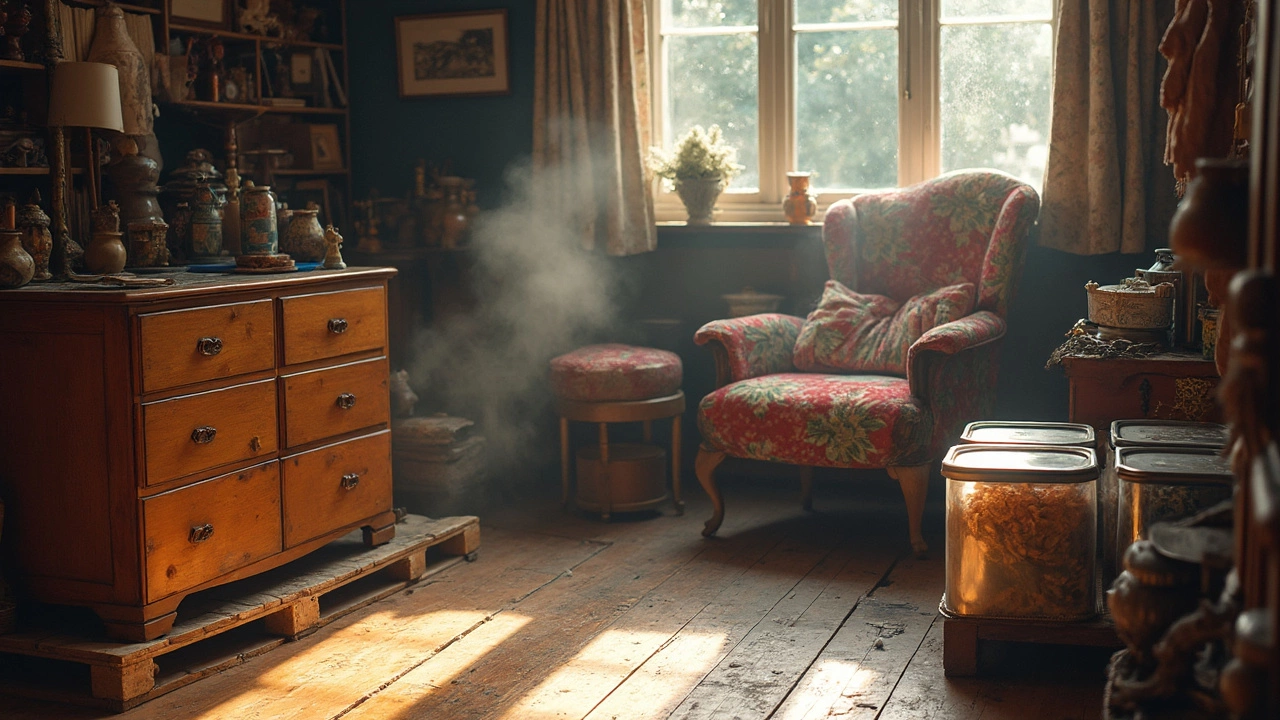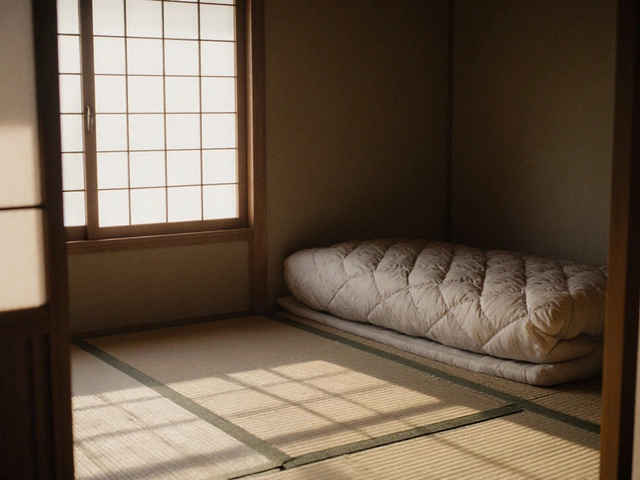Pest Control Tips for a Healthy Bedroom
Got a bedroom that feels a bit too lively? Whether it’s tiny mites crawling in your mattress or a mouse sneaking behind the wardrobe, a few easy steps can turn your space into a clean, comfy sanctuary. Below are practical ways to spot, prevent, and deal with the most common bedroom pests.
Spot the Usual Suspects
First, know what you’re looking for. Dust mites love the warm, humid environment of a bed and hide in bedding, pillows, and upholstered headboards. Furniture mites are even smaller and can settle in the seams of wardrobes or dressers. Mice love the darkness behind closets and will chew on wiring if they find a gap. Bed bugs, though less common here, leave tiny reddish spots on sheets and a sweet, musty smell.
When you notice itching, a dust‑filled mattress, or little droppings near furniture, it’s time to act. A quick flashlight sweep at night can reveal the movement of larger pests like mice.
Prevention Made Simple
Keep the bedroom dry. Use a dehumidifier or open a window for a few minutes each day to lower humidity below 50%. Wash all bedding, pillowcases, and curtains in hot water (at least 60°C) every two weeks – this kills dust mites and their eggs.
Choose furniture with smooth, sealed surfaces. Custom wardrobes made from solid wood with a proper finish are harder for mites to nest in, and metal or laminate dressers have fewer cracks for mice to enter.
Seal entry points. Check the bottom of wardrobes, under the bed, and around windows for gaps bigger than a pencil tip. Caulk cracks, install door sweeps, and use mesh screens on vents.
Use protective covers. Mattress and pillow encasements labeled “mite‑proof” create a barrier that stops dust mites from getting into your sleep zone. Slipcovers for upholstered headboards can be removed and washed regularly.
When Prevention Isn’t Enough
If you spot an active infestation, act fast. For dust or furniture mites, a thorough vacuum with a HEPA filter followed by steam cleaning of upholstery and carpets works well. For mice, set snap traps or humane catch‑and‑release traps near walls and behind furniture, and then seal the holes they used to get in.
Bed bugs need professional treatment in most cases. A licensed pest control company can apply heat or targeted chemicals safely.
Don’t forget to keep the bedroom tidy. Clutter gives pests hiding places, so store seasonal items in sealed plastic bins rather than on open shelves.
Finally, consider a regular maintenance check with a local pest‑control expert, especially if you live near farms or older housing. A quick inspection once a year can catch problems before they spread.
With these straightforward steps, you can enjoy a bedroom that feels fresh, healthy, and pest‑free – a perfect backdrop for the custom bedroom solutions we love to create in East Yorkshire.
How to Protect Furniture in Storage from Mice
Worried about mice damaging your stored furniture? Protecting your belongings from these unwelcome guests can be a straightforward process with the right approach. Discover practical tips and effective methods to keep your furniture safe from mice while in storage. Learn how repellents, sealing, and organized storage can help prevent infestations. Keep your furniture in top condition even when it's not in use.







